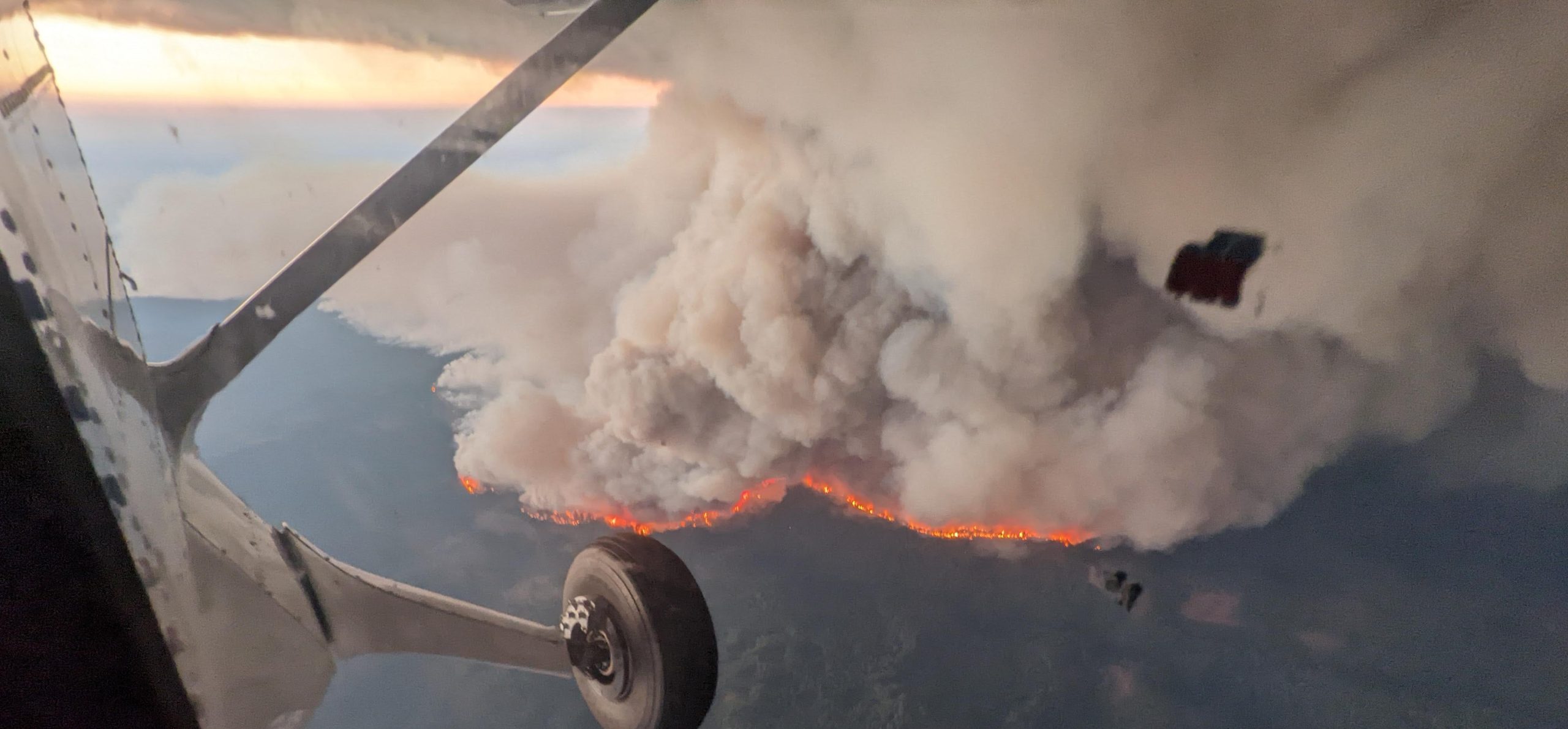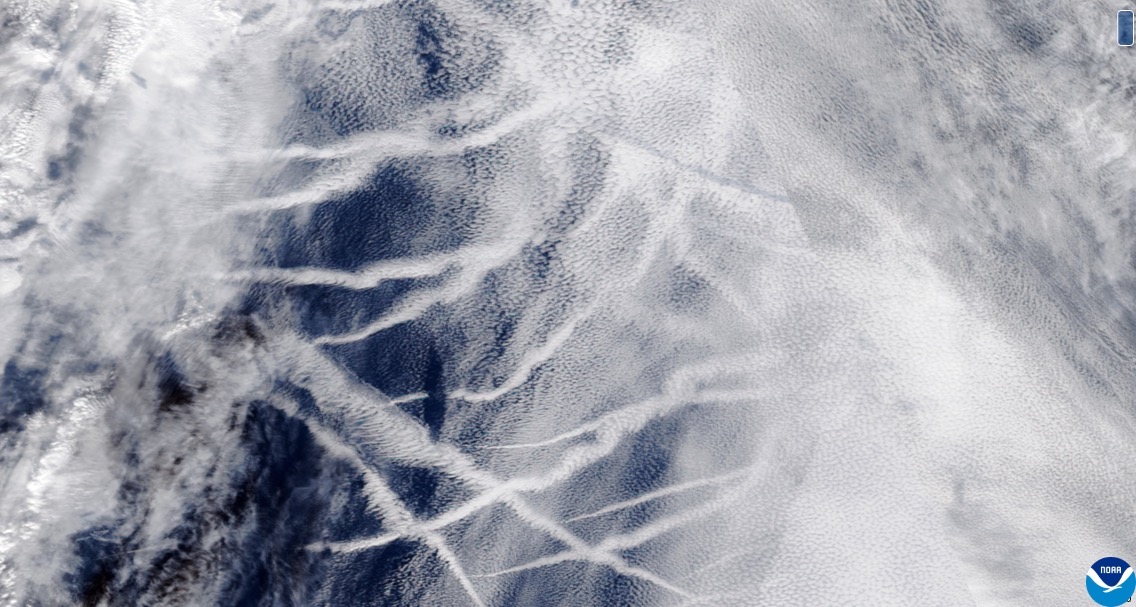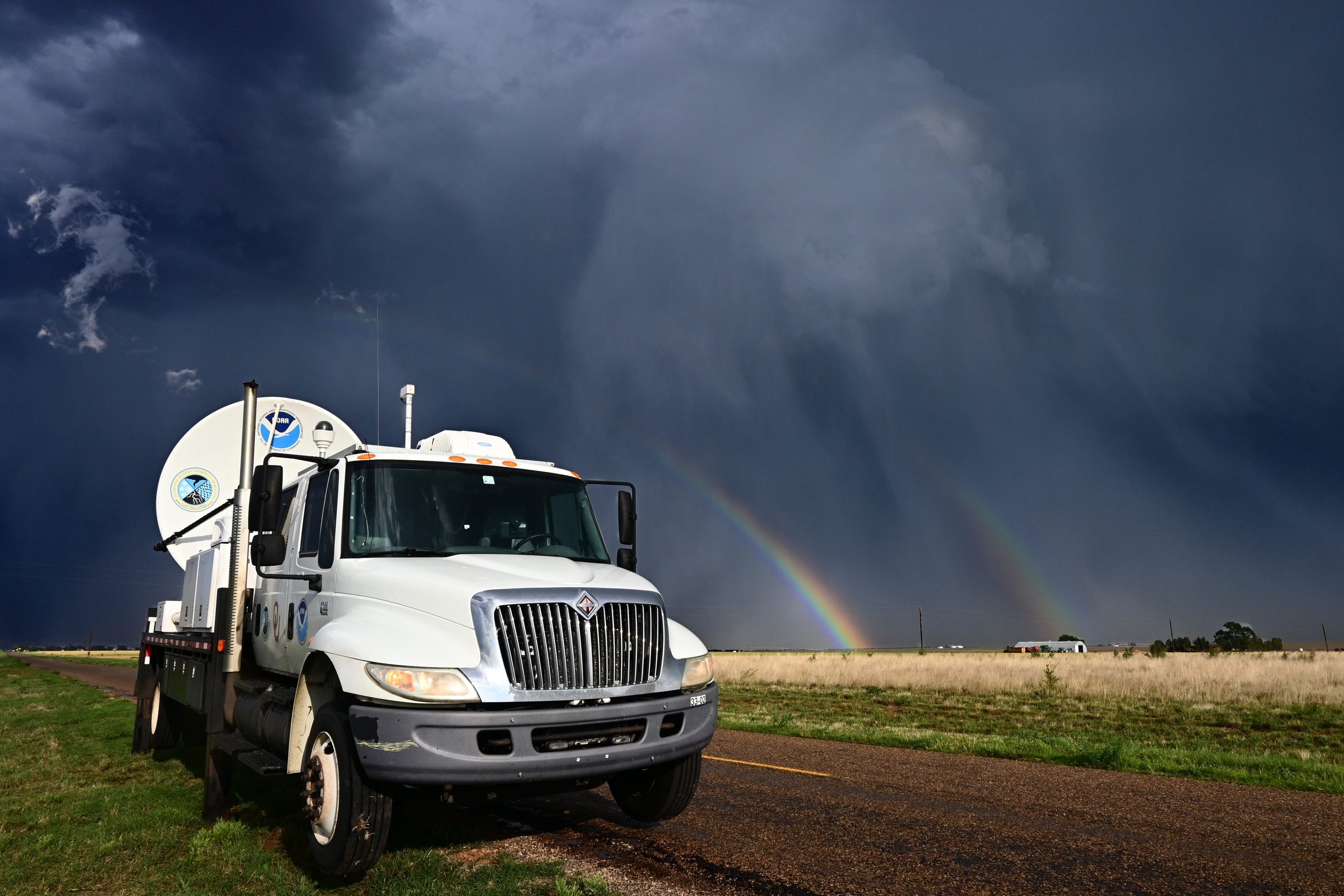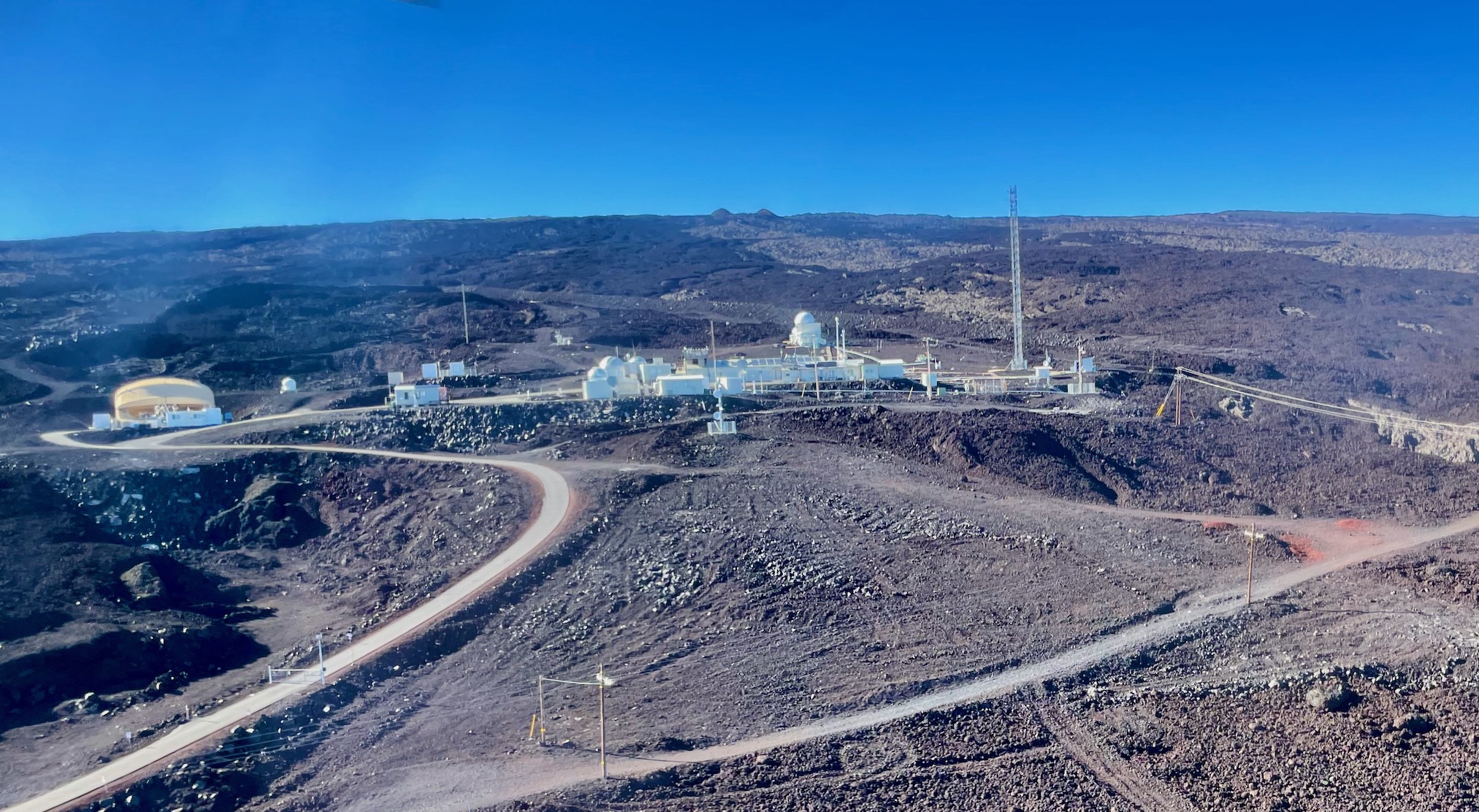Scientists from Florida Keys National Marine Sanctuary and partner agencies will depart Key West Thursday aboard the NOAA Ship Nancy Foster to map fish spawning sites between Key West and the Dry Tortugas.
Scroll to Top
Popup Call to Action
A prompt with more information on your call to action.



